Mourning Dove
Common Ground Dove
Rock Pigeon
Rock pigeons, Columba livia, are one of the most recognizable birds in Florida. They can be seen walking on the ground foraging for seeds and grains in wild areas. You may even find them eating a berry or an insect. In residential areas, including cities, these pigeons will dine on human food that has been abandoned. They will often visit birdfeeders.
Colors vary immensely in these birds found year-round in Florida. Their nests made of sticks are most often found in sheltered human-made structures such as barns, bridges, warehouses, and attics. Rock pigeons lay 1 or 2 eggs up to six times each year. However, the North American Breeding Bird Survey found their population declined by 46% between 1966 and 2015.
Rock pigeons can carry bird mites which will bite humans, wildlife, and livestock. When preparing food outside and pigeons are present, take extra care to avoid Salmonella bacteria.
Fun Facts:
Charles Darwin compared wild pigeons to the pigeons he kept. His observations helped him develop the theory of evolution.
Pigeons use magnetic fields, the sun’s position, and smell to find their way home. The U.S. Army Signal Corps used these talented navigators to carry strategic and life-saving messages during World War I and II.
Photo Credit: Dan Kon

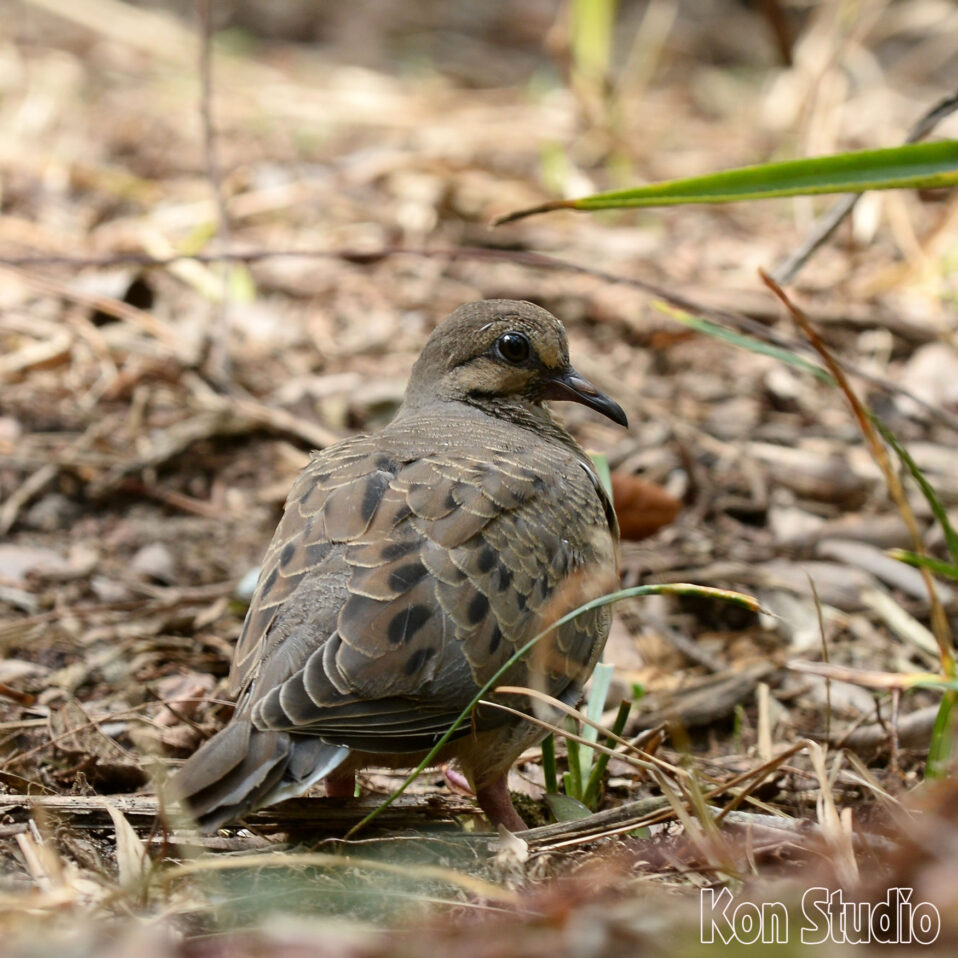
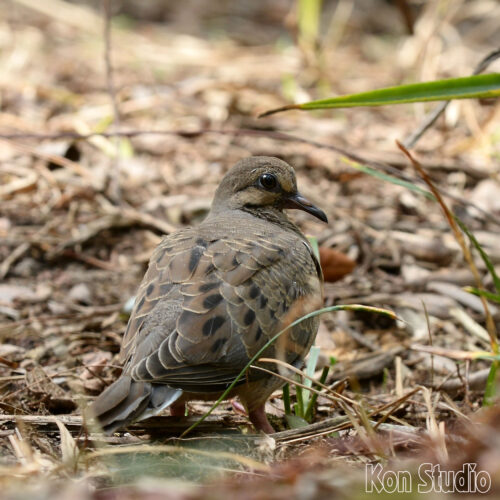
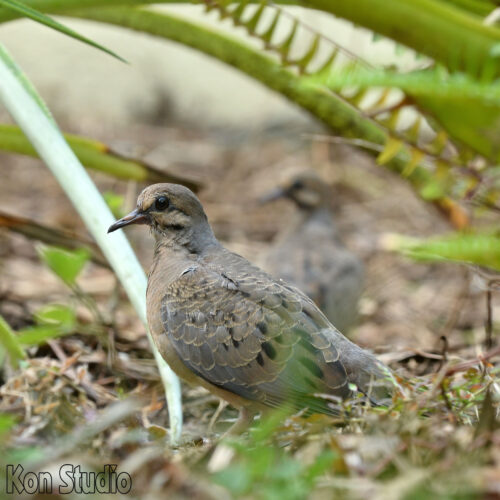
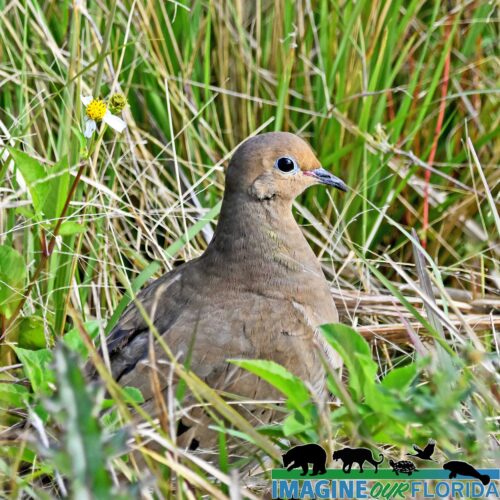
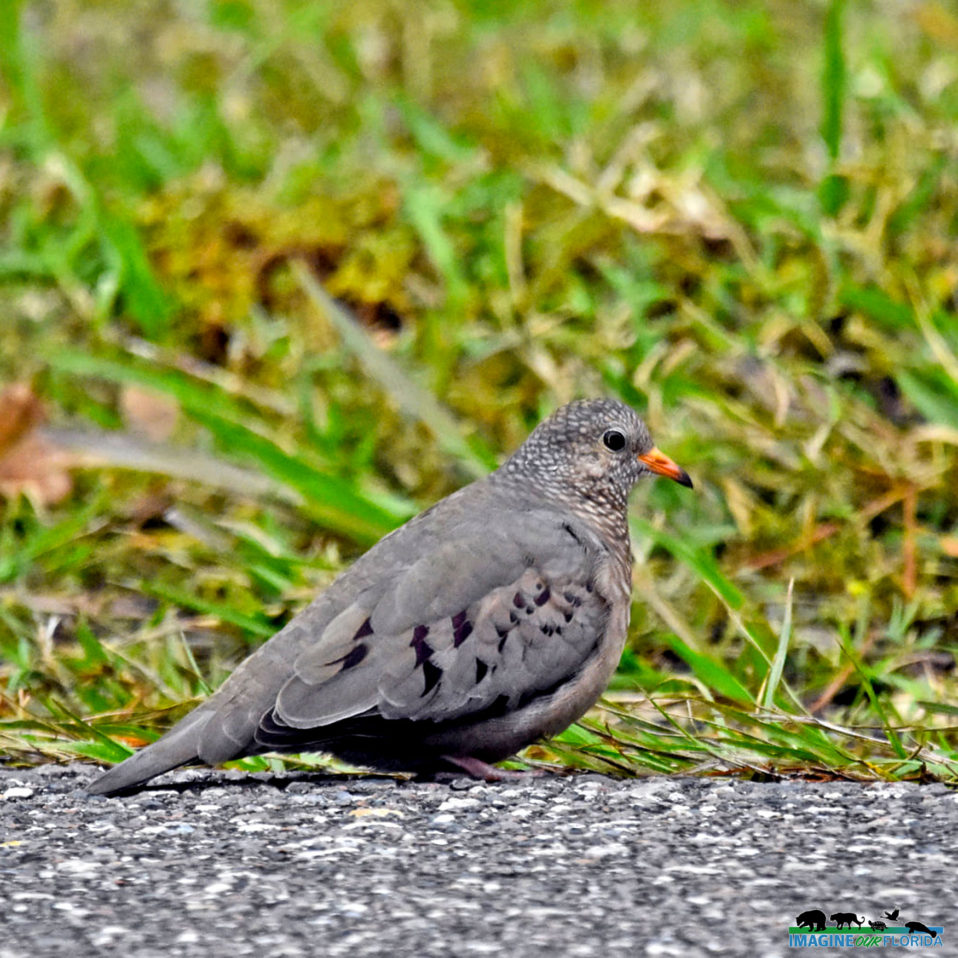
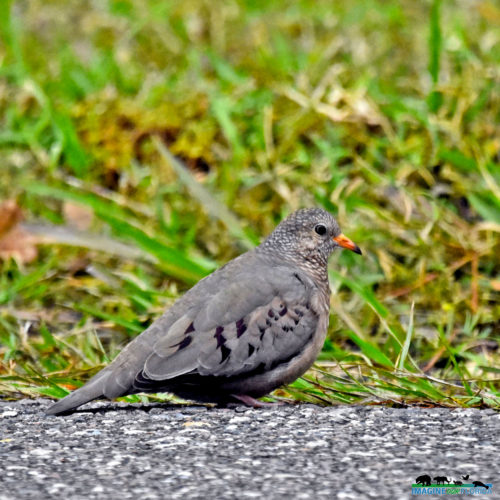
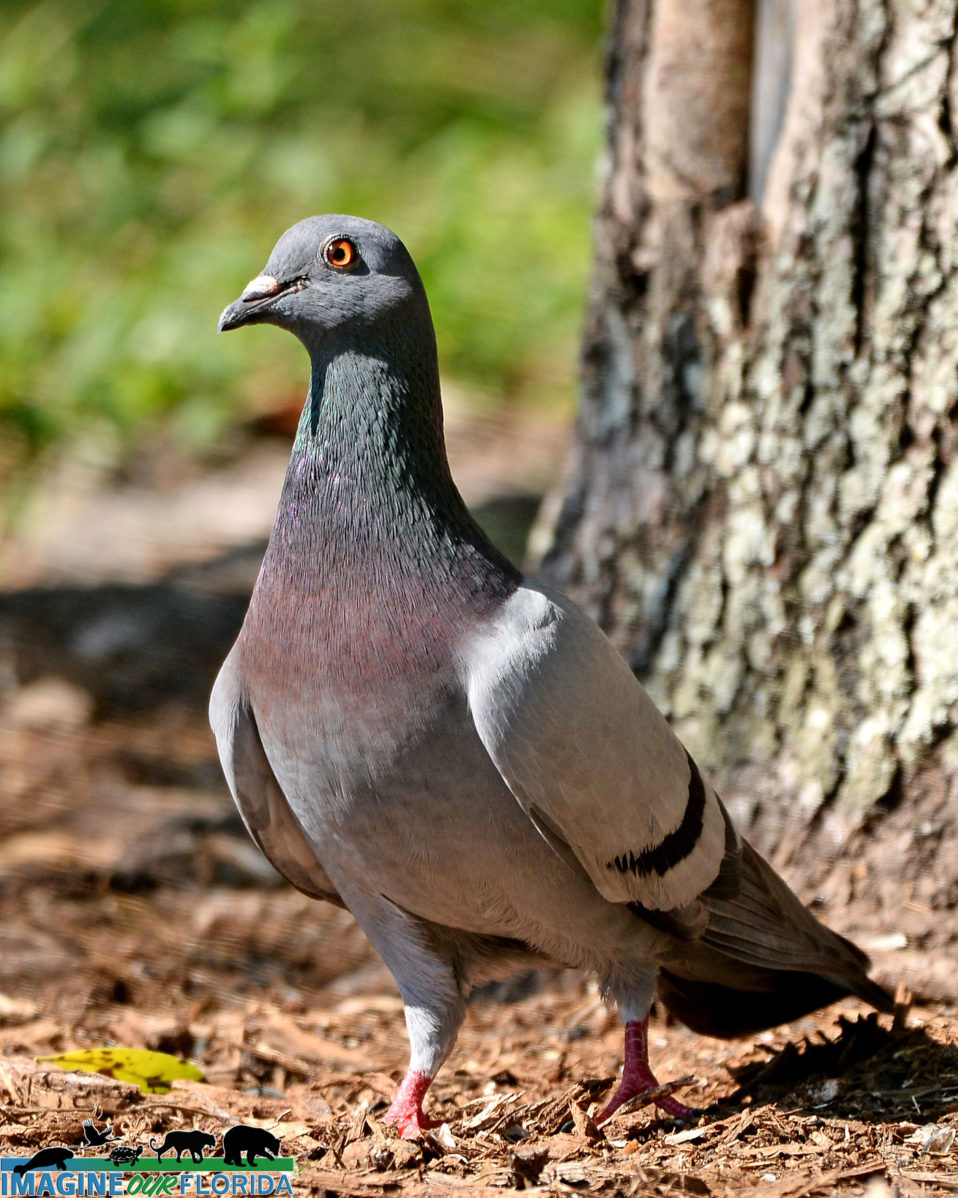
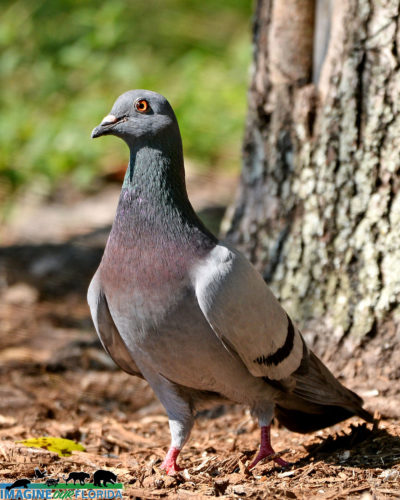
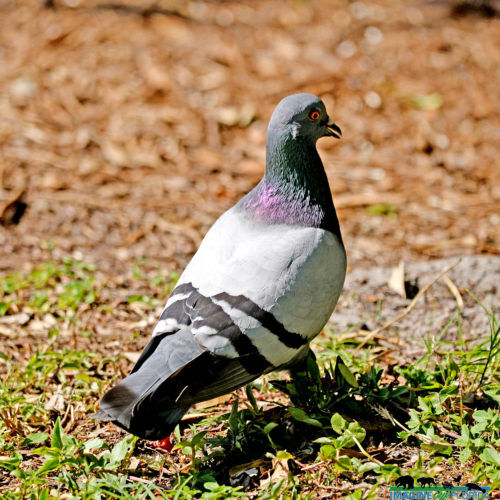
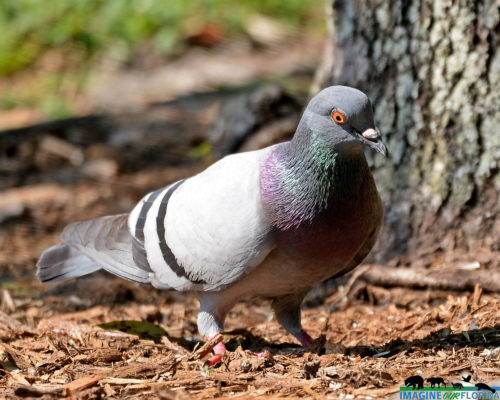
Recent Comments